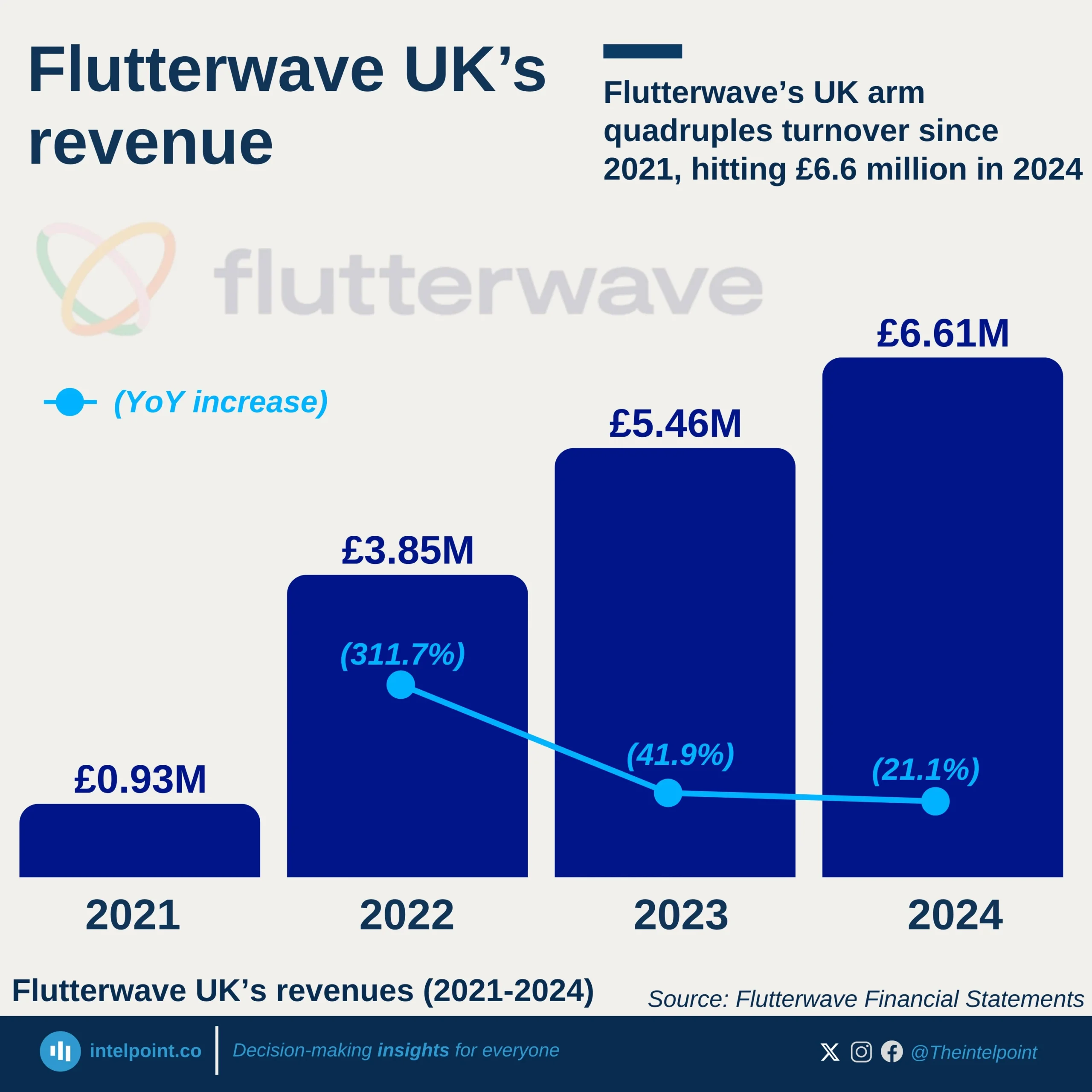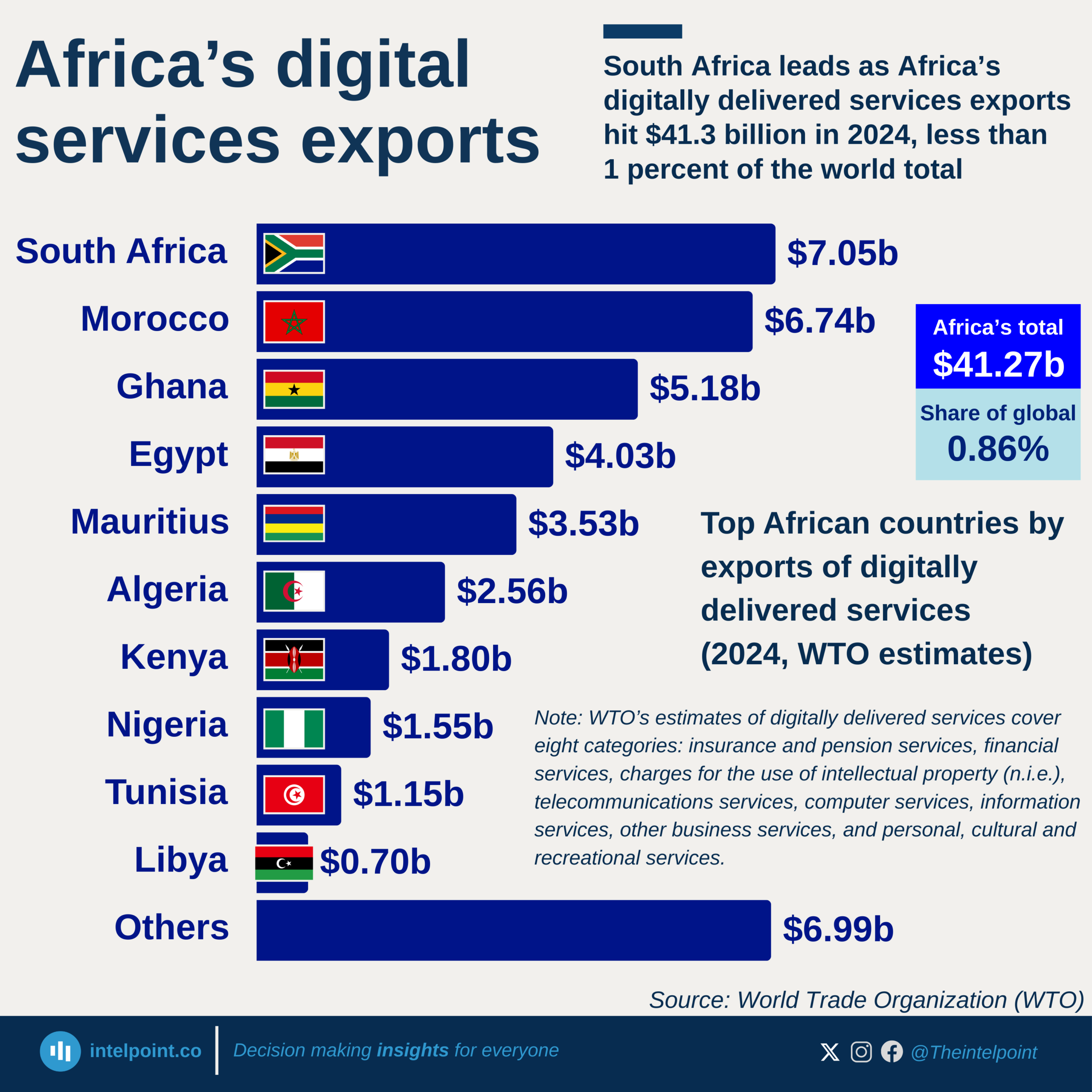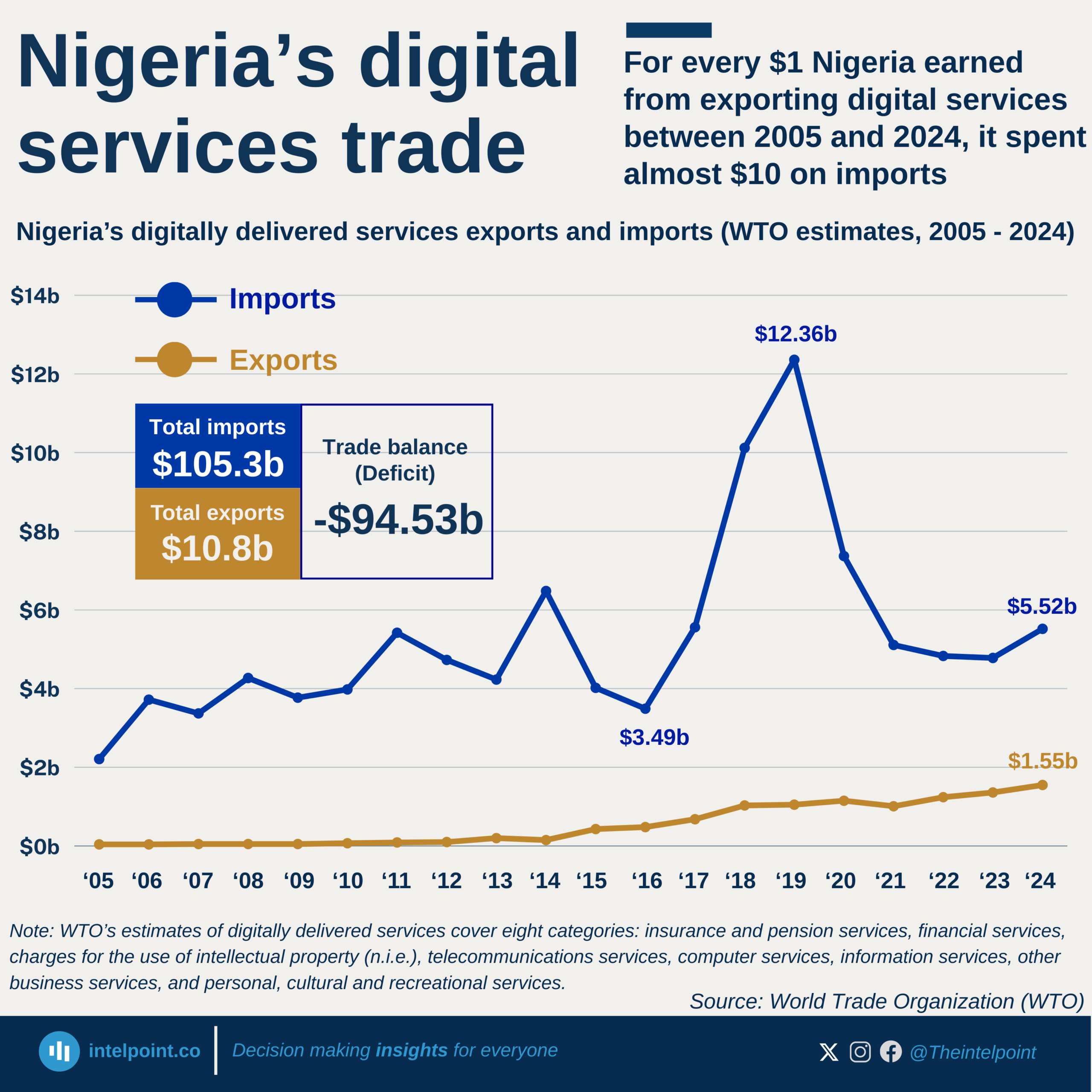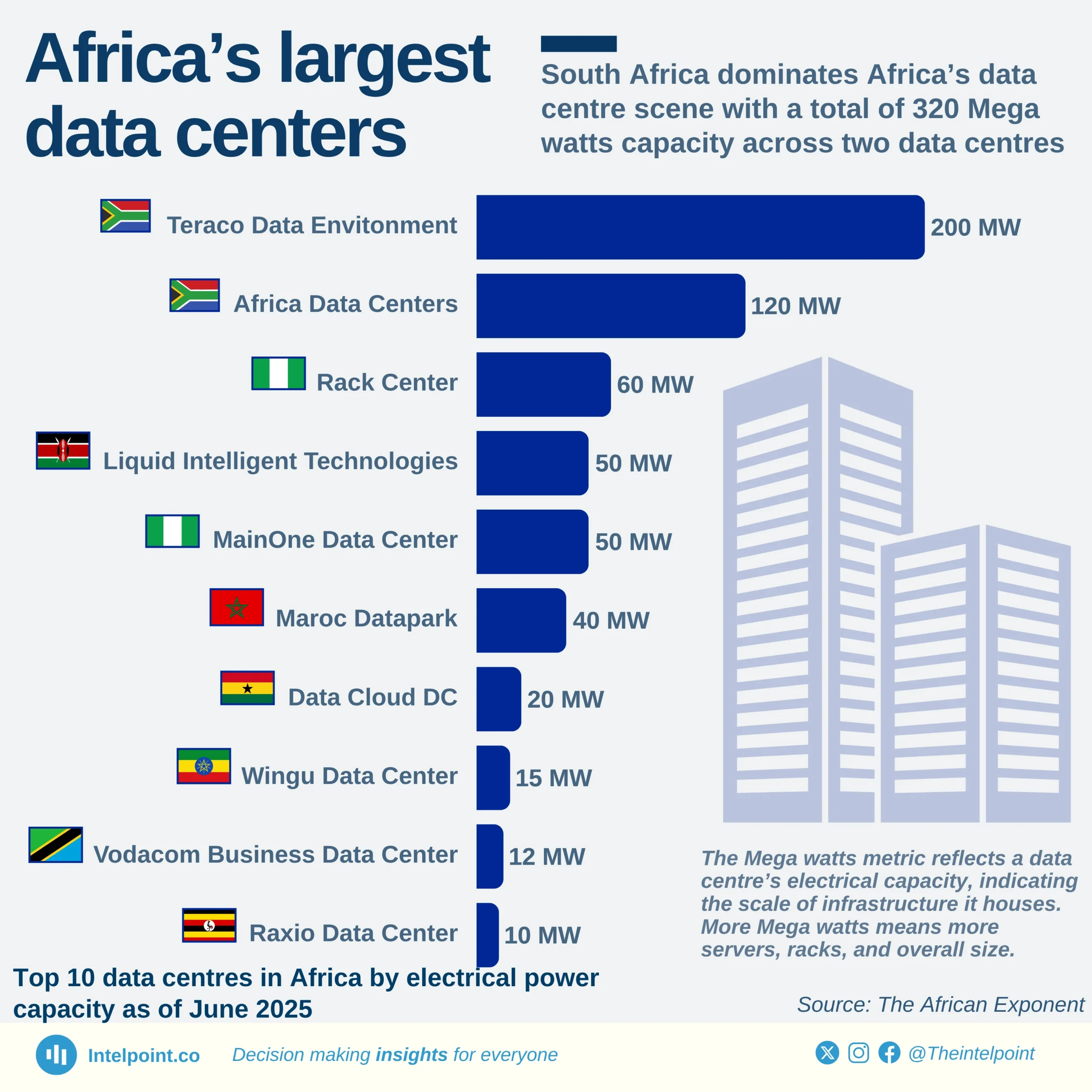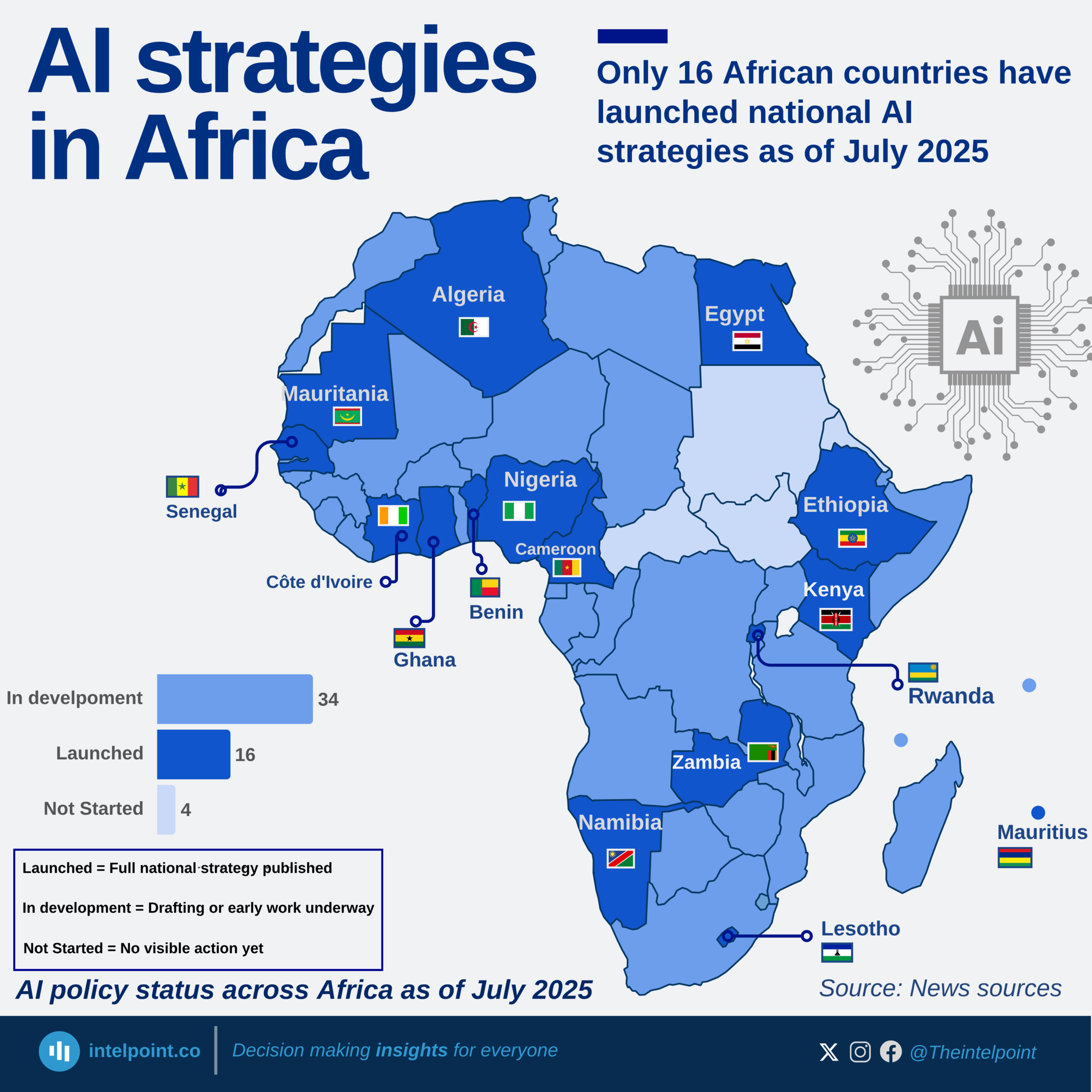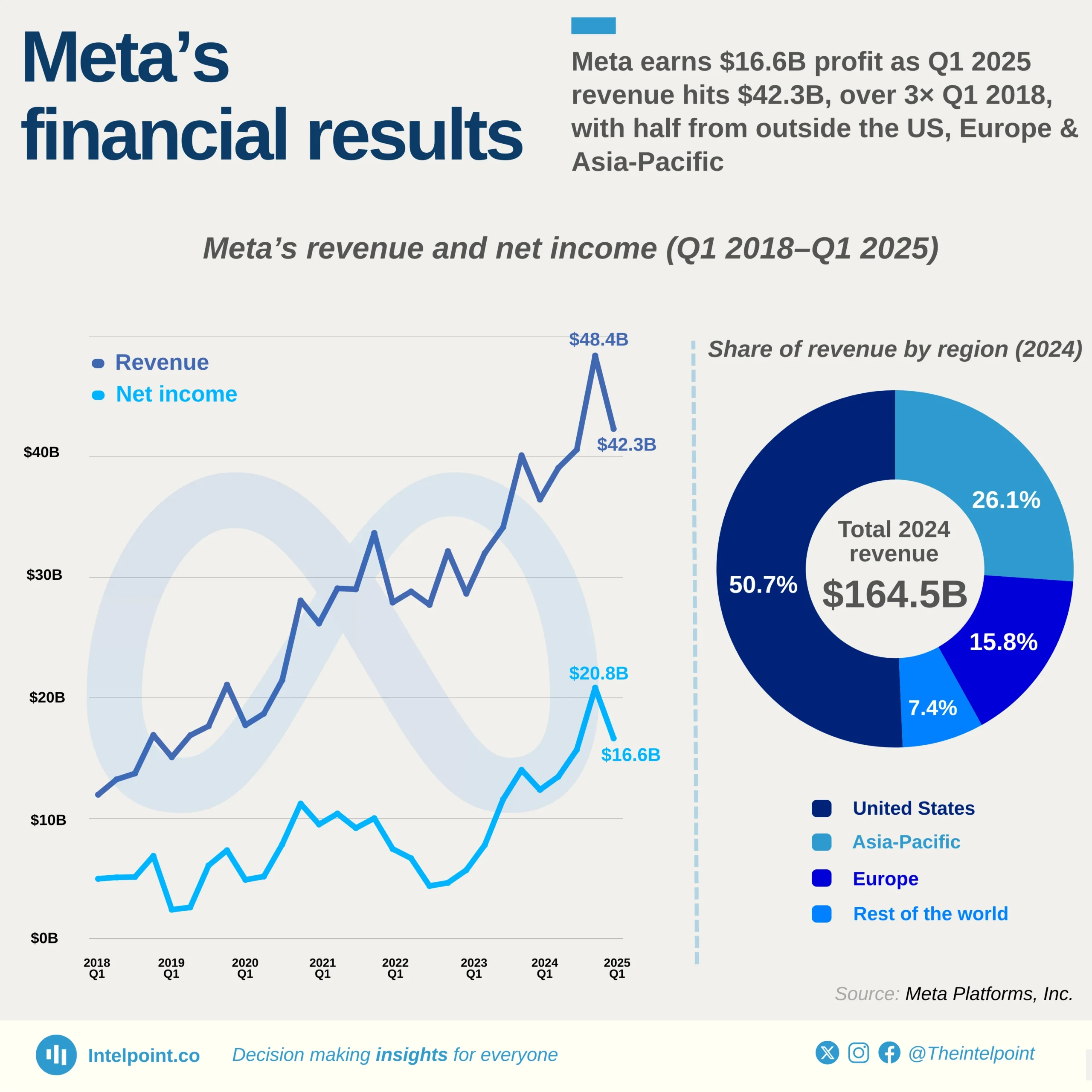- YouTube generated $7B in ad revenue in 2017, which jumped to $11B in 2018, an approximate 57% increase in just one year.
- By 2019, revenue reached $15B, reflecting steady growth as digital ad spending increased.
- Between 2020 and 2021, revenues leaped from $20B to $29B, marking a remarkable 45% year-over-year increase.
- Despite a plateau at $29B in 2022, revenue rebounded to $32B in 2023 and climbed to $36B by 2024.
